Home>Furniture & Design>Bathroom Accessories>How Long Should You Use A Raised Toilet Seat After Hip Replacement
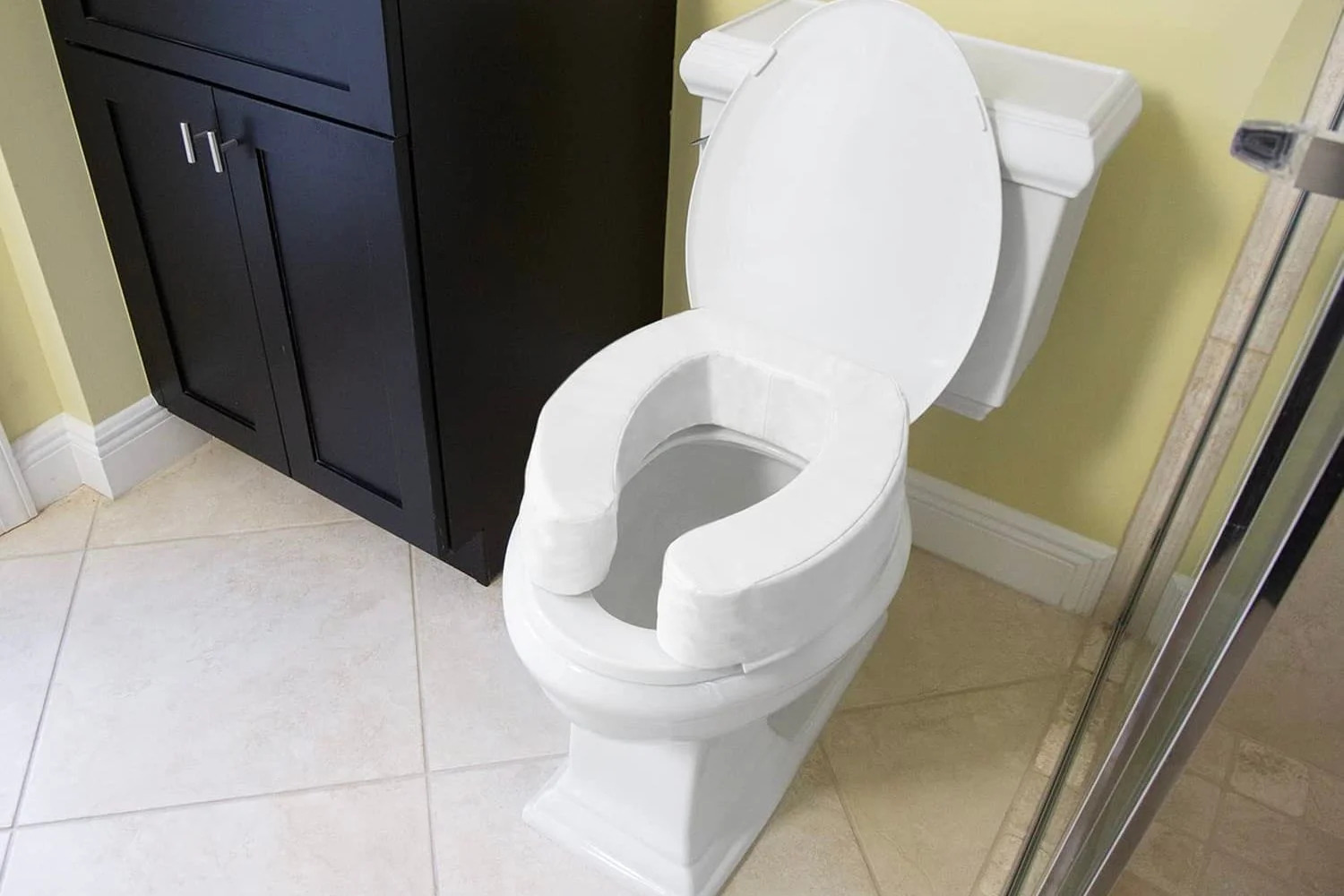

Bathroom Accessories
How Long Should You Use A Raised Toilet Seat After Hip Replacement
Modified: October 18, 2024
Find out the recommended duration for using a raised toilet seat after hip replacement surgery. Explore a range of bathroom accessories to aid in your recovery.
(Many of the links in this article redirect to a specific reviewed product. Your purchase of these products through affiliate links helps to generate commission for Storables.com, at no extra cost. Learn more)
Introduction
After undergoing a hip replacement surgery, it's crucial to make adjustments to your daily routine to ensure a smooth and successful recovery. One such adjustment involves the use of a raised toilet seat, which can significantly aid in the rehabilitation process. This simple yet effective bathroom accessory can make a world of difference in promoting comfort and safety during a time when mobility and stability may be compromised.
The decision to use a raised toilet seat following hip replacement surgery is often recommended by healthcare professionals to minimize strain on the healing hip joint and surrounding muscles. By elevating the seating position, a raised toilet seat reduces the need for excessive bending and twisting, which are movements that can place undue stress on the newly replaced hip. This can be especially beneficial during the initial stages of recovery when the hip joint is still healing and regaining strength.
In addition to promoting physical comfort, a raised toilet seat also contributes to a sense of independence and confidence for individuals navigating the challenges of post-surgery life. The ability to perform essential daily activities, such as using the restroom, with greater ease and minimal discomfort can have a positive impact on both physical and emotional well-being during the recovery period.
Understanding the significance of using a raised toilet seat after hip replacement surgery is essential for individuals and their caregivers. By recognizing the benefits and potential risks associated with this adaptive device, individuals can make informed decisions that support their recovery journey. Furthermore, knowing the recommended duration for using a raised toilet seat and learning helpful tips for its optimal use can further enhance the overall rehabilitation experience.
In the following sections, we will delve deeper into the benefits and risks of using a raised toilet seat after hip replacement surgery, explore the recommended duration for its use, and provide valuable tips to maximize its effectiveness in promoting a safe and comfortable recovery process.
Key Takeaways:
- Using a raised toilet seat after hip replacement surgery helps reduce strain, enhances safety, and promotes independence. It’s like having a helpful friend in the bathroom, making recovery easier and more comfortable.
- The duration for using a raised toilet seat varies for each person, but the goal is to transition back to regular seating as hip strength improves. It’s like taking small steps towards feeling better and stronger every day.
Benefits of Using a Raised Toilet Seat After Hip Replacement
Using a raised toilet seat after undergoing hip replacement surgery offers a multitude of benefits that can significantly contribute to a smoother and more comfortable recovery process. These benefits encompass physical, emotional, and practical aspects, all of which play a crucial role in supporting individuals as they navigate the challenges of post-surgery life.
1. Reduced Strain and Discomfort
The primary benefit of utilizing a raised toilet seat is the reduction of strain and discomfort on the healing hip joint and surrounding muscles. By elevating the seating position, this adaptive device minimizes the need for excessive bending and twisting when using the toilet. Such movements, which can be particularly challenging and painful following hip replacement surgery, are effectively mitigated, thereby promoting a more comfortable and less taxing experience for the individual.
2. Enhanced Safety and Stability
A raised toilet seat provides individuals with enhanced safety and stability during a time when mobility may be limited. By raising the seating level, it reduces the distance between standing and sitting, thereby decreasing the risk of falls or loss of balance. This added stability can instill confidence in individuals, allowing them to perform essential activities with greater assurance and reduced fear of potential accidents.
3. Independence and Dignity
The use of a raised toilet seat fosters a sense of independence and dignity for individuals recovering from hip replacement surgery. By facilitating easier and more comfortable toileting, it enables individuals to maintain a level of autonomy in performing a fundamental daily activity. This preservation of independence can have a positive impact on an individual's emotional well-being, contributing to a sense of normalcy and self-sufficiency during the recovery period.
Read more: Where To Get A Raised Toilet Seat
4. Facilitated Rehabilitation
In addition to the immediate post-surgery phase, a raised toilet seat can also support the rehabilitation process by minimizing strain on the healing hip joint. By reducing the need for strenuous movements, it allows the hip to heal and regain strength more effectively. This, in turn, can contribute to a smoother and more efficient recovery, enabling individuals to gradually resume their daily activities with greater ease and comfort.
5. Adaptability and Convenience
The adaptability and convenience of a raised toilet seat make it a valuable addition to the post-surgery recovery environment. Its easy installation and compatibility with most standard toilets make it a practical and accessible solution for individuals seeking to optimize their comfort and safety during the healing process.
In summary, the benefits of using a raised toilet seat after hip replacement surgery encompass a spectrum of advantages, ranging from physical comfort and safety to emotional well-being and practicality. By recognizing and embracing these benefits, individuals can effectively enhance their recovery experience and promote a smoother transition back to their daily routines.
Risks of Using a Raised Toilet Seat After Hip Replacement
While the use of a raised toilet seat offers numerous benefits for individuals recovering from hip replacement surgery, it is important to acknowledge and understand the potential risks associated with its utilization. By being aware of these risks, individuals and their caregivers can make informed decisions and take necessary precautions to mitigate any adverse effects.
-
Instability and Falls: One of the primary risks of using a raised toilet seat after hip replacement surgery is the potential for instability and falls. While the raised seating position can provide stability for some individuals, others may find it challenging to adjust to the altered height. This adjustment period can increase the risk of losing balance or experiencing difficulty in transitioning to and from the raised seat, potentially leading to falls and injuries.
-
Inadequate Fit and Support: Another risk pertains to the fit and support provided by the raised toilet seat. If the seat is not securely attached to the toilet or does not align properly with the individual's body, it can result in inadequate support during use. This lack of support may lead to discomfort, compromised stability, and an increased likelihood of slips or accidents.
-
Muscle Strain and Discomfort: While a raised toilet seat aims to reduce strain on the healing hip joint, improper use or positioning can inadvertently lead to muscle strain and discomfort in other areas of the body. Individuals may unknowingly exert additional effort to maintain balance or adjust their posture, potentially causing strain in the lower back, thighs, or unaffected hip.
-
Dependency and Adaptation: There is a potential risk of individuals becoming overly dependent on the raised toilet seat, hindering their natural adaptation to regular seating heights. Prolonged reliance on the raised seat may impede the gradual reacclimatization of the body to standard toilet heights, potentially impacting long-term mobility and comfort.
-
Hygiene and Maintenance: The use of a raised toilet seat may introduce challenges related to hygiene and maintenance. If not properly cleaned and maintained, the raised seat can harbor bacteria and impede thorough sanitation of the toilet area, posing potential health risks.
It is important to note that while these risks exist, they can be effectively managed through proper education, guidance, and proactive measures. Healthcare professionals can provide valuable insights into the safe and appropriate use of raised toilet seats, ensuring that individuals are equipped with the knowledge and resources to minimize potential risks and maximize the benefits of this adaptive device. By addressing these risks proactively, individuals can confidently integrate the use of a raised toilet seat into their recovery process, promoting a safer and more comfortable rehabilitation experience.
How Long to Use a Raised Toilet Seat After Hip Replacement
The duration for which a raised toilet seat should be used after hip replacement surgery varies based on individual recovery progress and the recommendations of healthcare professionals. Typically, the utilization of a raised toilet seat is most crucial during the initial phase of post-surgery rehabilitation when the hip joint is still healing and mobility may be limited. During this period, which generally spans several weeks to a few months, the raised toilet seat serves as a valuable aid in minimizing strain on the healing hip and facilitating a more comfortable toileting experience.
Healthcare providers often assess the individual's progress and functional abilities to determine the appropriate timing for transitioning away from the raised toilet seat. Factors such as muscle strength, range of motion, and overall stability play a pivotal role in this decision-making process. As the individual's hip strength and mobility improve, there may come a point where the continued use of the raised toilet seat becomes less essential.
It is important for individuals to communicate openly with their healthcare team regarding their comfort level and any challenges they may encounter when using the raised toilet seat. This feedback can guide the healthcare provider in making informed recommendations regarding the optimal duration for utilizing the adaptive device.
While there is no definitive timeline for how long a raised toilet seat should be used after hip replacement surgery, the overarching goal is to gradually transition back to standard toilet seating as the individual's hip strength and mobility improve. This transition should be approached with caution and in consultation with healthcare professionals to ensure a smooth and safe adjustment.
Ultimately, the duration for using a raised toilet seat after hip replacement surgery is contingent upon the individual's unique recovery trajectory and the guidance of their healthcare team. By closely following the recommendations provided and maintaining open communication with healthcare providers, individuals can navigate the transition away from the raised toilet seat at a pace that aligns with their progress and comfort, ultimately supporting a successful and sustainable recovery.
Read more: What Is The Best Raised Toilet Seat
Tips for Using a Raised Toilet Seat After Hip Replacement
-
Proper Installation: Ensure that the raised toilet seat is securely and correctly installed on the toilet bowl. Follow the manufacturer's instructions to guarantee a stable and reliable fit, minimizing the risk of slips or instability during use.
-
Assistive Devices: Consider using supportive grab bars or handrails near the toilet to provide additional stability and assistance when transitioning to and from the raised seat. These assistive devices can further enhance safety and confidence during toileting.
-
Body Mechanics: Practice proper body mechanics when using the raised toilet seat. Maintain a balanced and centered posture, and avoid sudden or jerky movements that may strain the hip or surrounding muscles. Gradual and controlled movements can help minimize discomfort and reduce the risk of injury.
-
Footwear: Wear supportive and slip-resistant footwear, especially when using the raised toilet seat. This can improve traction and stability, reducing the likelihood of slips or loss of balance while seated or standing.
-
Assistance and Supervision: If necessary, seek assistance or supervision from a caregiver or support individual when using the raised toilet seat, particularly during the initial stages of recovery. Having someone nearby can offer reassurance and aid in maintaining safety during toileting.
-
Regular Maintenance: Ensure that the raised toilet seat and surrounding area are kept clean and well-maintained. Regular cleaning and sanitation can help prevent the buildup of bacteria and maintain a hygienic environment, reducing the risk of potential health concerns.
-
Gradual Transition: As recovery progresses, consider gradually transitioning back to standard toilet seating under the guidance of healthcare professionals. This transition should be approached thoughtfully, with attention to comfort and stability, to ensure a smooth adjustment.
-
Open Communication: Maintain open communication with healthcare providers regarding any challenges or discomfort experienced when using the raised toilet seat. This feedback can inform adjustments to the recovery plan and aid in determining the appropriate timing for transitioning away from the adaptive device.
-
Physical Therapy: Engage in recommended physical therapy exercises to strengthen the hip muscles and improve mobility. These exercises can complement the use of the raised toilet seat and contribute to a more effective and sustainable recovery.
-
Comfort and Support: Prioritize comfort and support when using the raised toilet seat. Consider using additional cushions or padding if needed to enhance seating comfort and reduce pressure on the hips and lower back.
By incorporating these tips into the use of a raised toilet seat after hip replacement surgery, individuals can optimize their safety, comfort, and overall experience during the recovery process. These practical strategies, combined with guidance from healthcare professionals, can contribute to a smoother and more confident transition back to regular toileting routines.
Conclusion
In conclusion, the use of a raised toilet seat after hip replacement surgery presents a valuable opportunity to enhance comfort, safety, and independence during the critical phase of post-surgery recovery. By providing a supportive and adaptive solution for toileting, this simple bathroom accessory offers a range of benefits, including reduced strain on the healing hip joint, enhanced stability, and a sense of autonomy for individuals navigating the challenges of rehabilitation.
While the benefits of using a raised toilet seat are significant, it is essential to acknowledge and address the potential risks associated with its utilization. Instability, inadequate fit, muscle strain, dependency, and hygiene considerations are important factors to consider, emphasizing the need for informed decision-making and proactive measures to mitigate any adverse effects.
Determining the optimal duration for using a raised toilet seat after hip replacement surgery is a personalized process guided by individual progress and healthcare provider recommendations. The overarching goal is to gradually transition back to standard toilet seating as the individual's hip strength and mobility improve, ensuring a safe and sustainable recovery trajectory.
To maximize the effectiveness of using a raised toilet seat, incorporating practical tips such as proper installation, body mechanics, gradual transition, and open communication with healthcare providers is crucial. These strategies can empower individuals to navigate the recovery process with confidence and support, ultimately contributing to a smoother and more comfortable transition back to regular toileting routines.
In essence, the use of a raised toilet seat after hip replacement surgery represents a proactive and adaptive approach to promoting a positive recovery experience. By recognizing its benefits, understanding potential risks, determining the appropriate duration for use, and implementing practical tips, individuals can leverage this adaptive device to optimize their comfort, safety, and overall well-being during the rehabilitation journey.
Frequently Asked Questions about How Long Should You Use A Raised Toilet Seat After Hip Replacement
Was this page helpful?
At Storables.com, we guarantee accurate and reliable information. Our content, validated by Expert Board Contributors, is crafted following stringent Editorial Policies. We're committed to providing you with well-researched, expert-backed insights for all your informational needs.
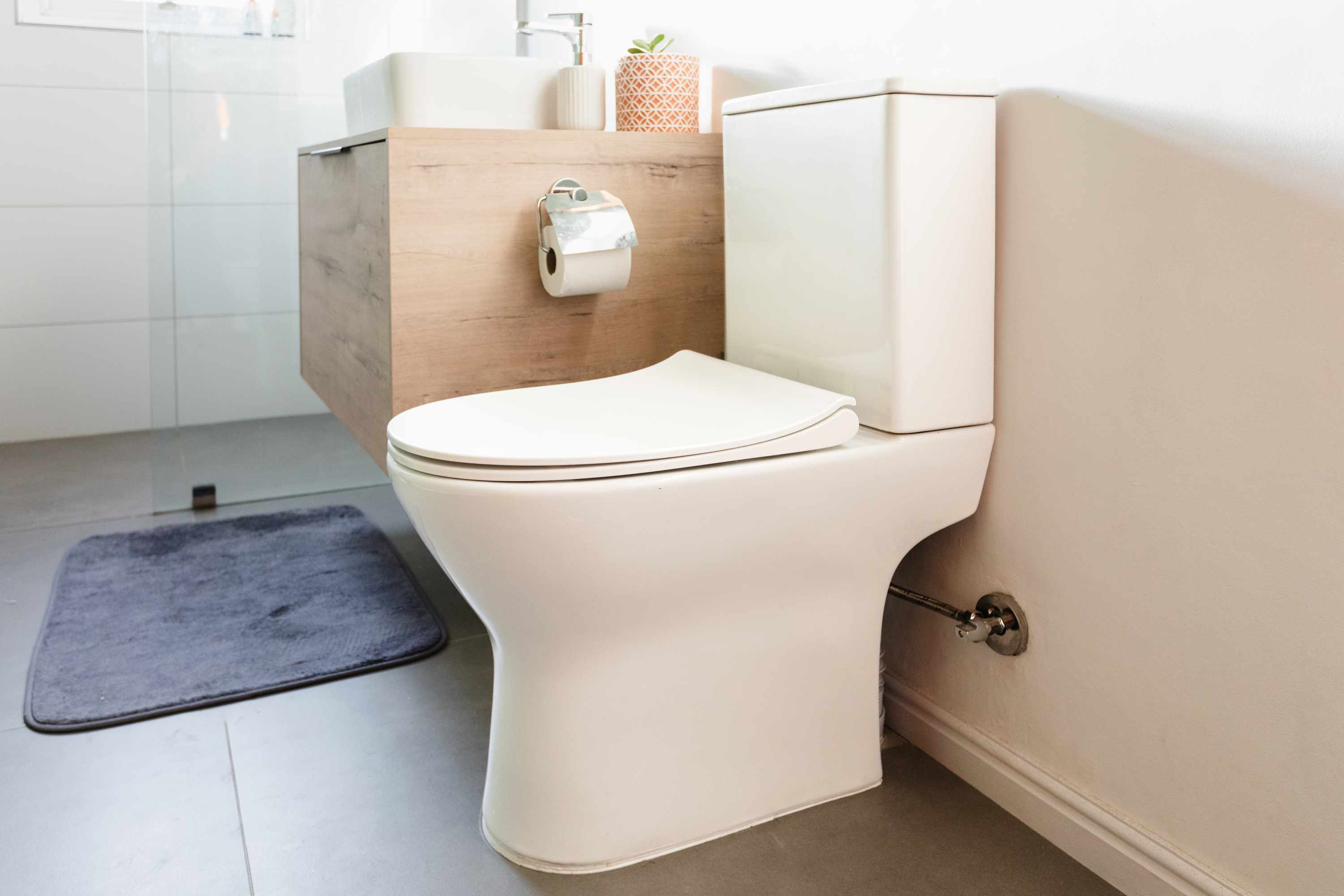
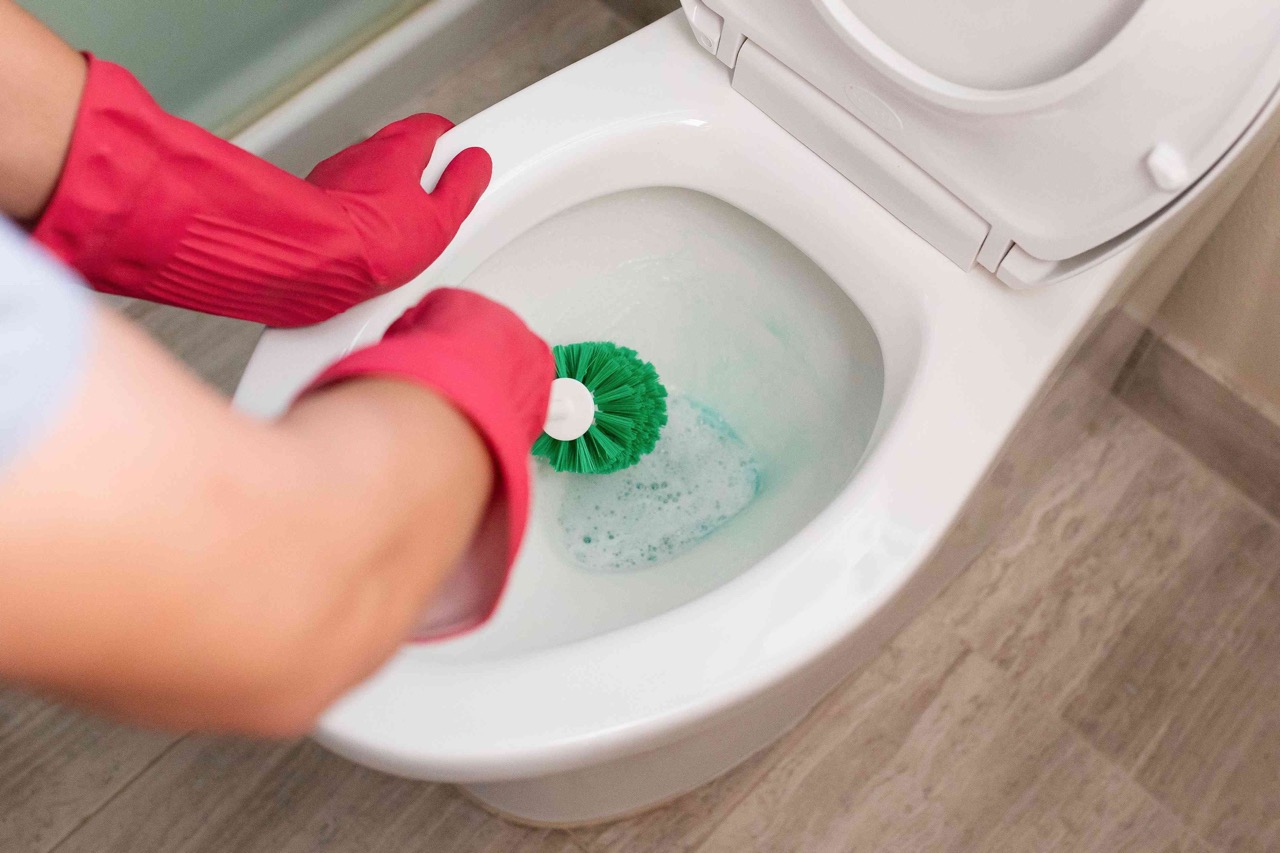
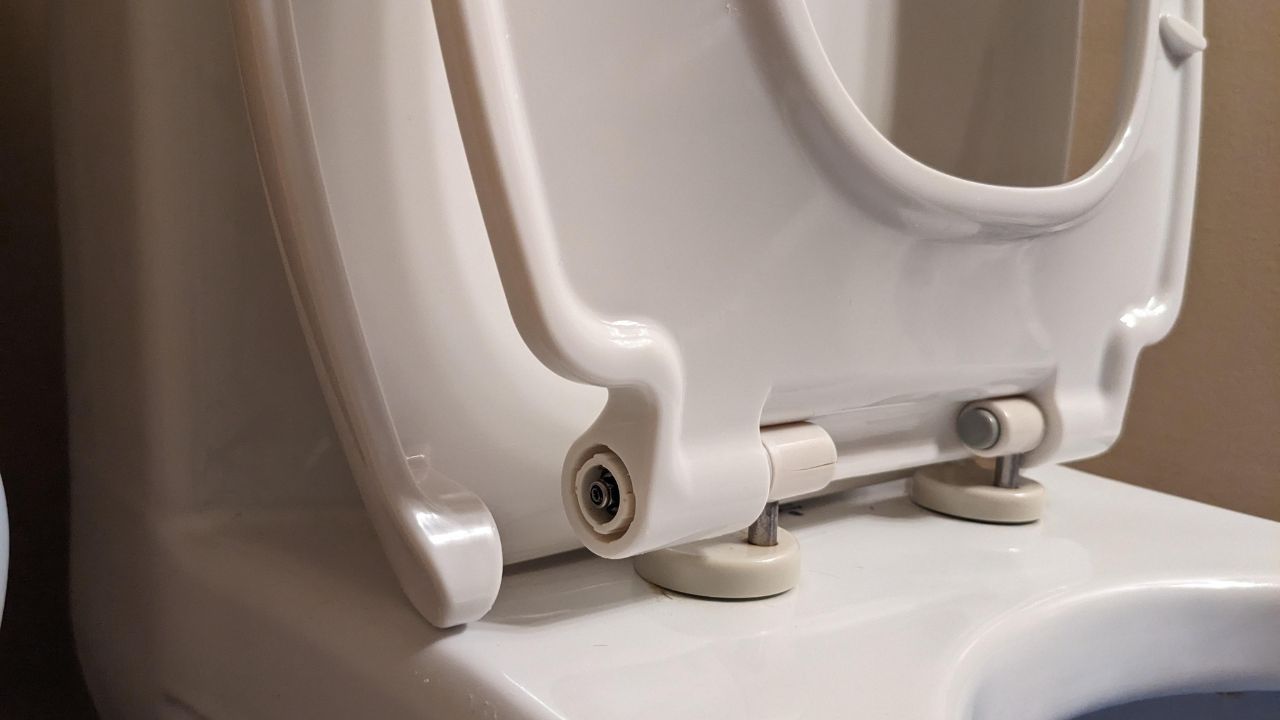

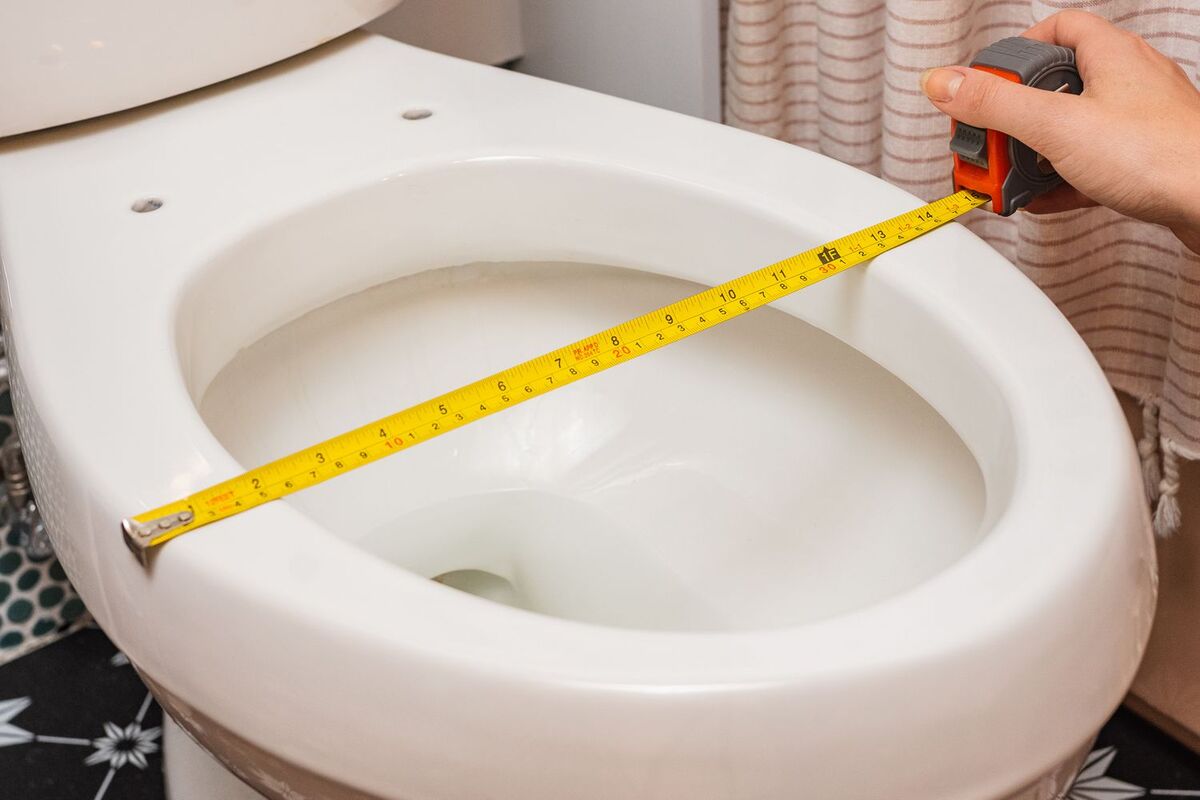
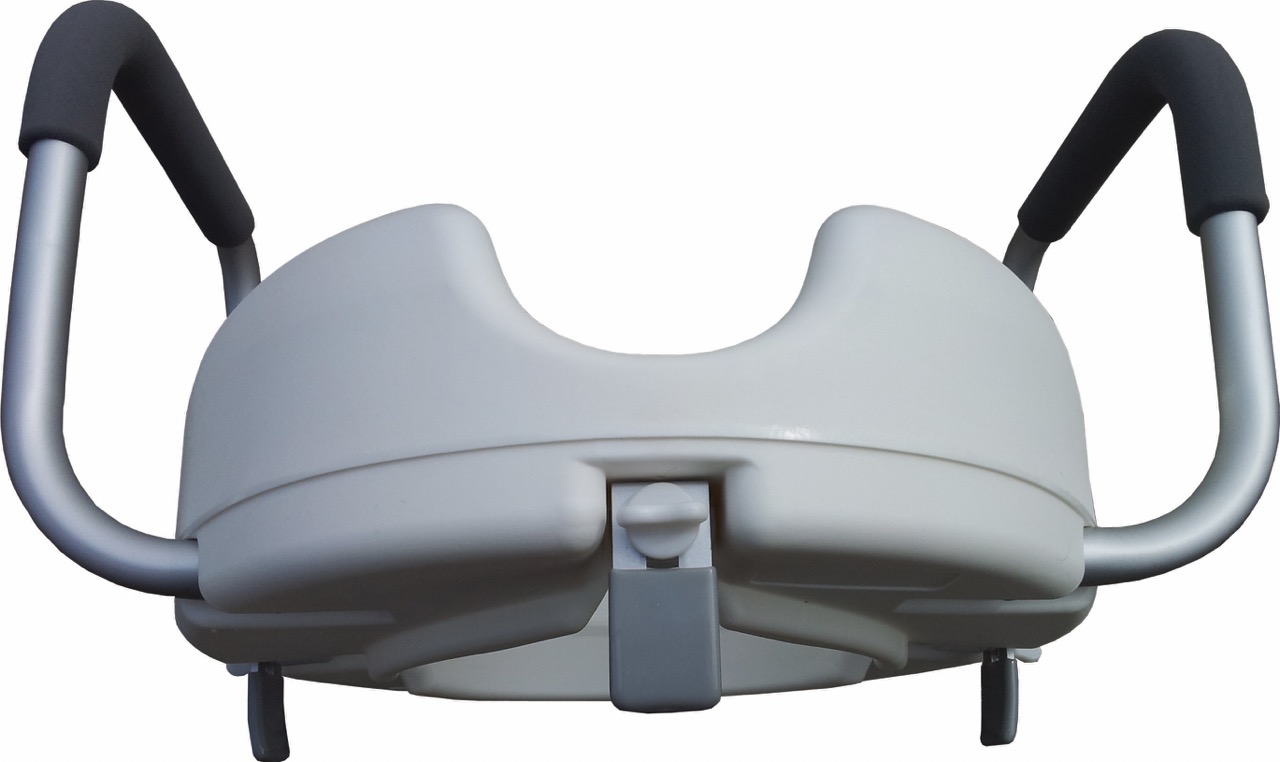

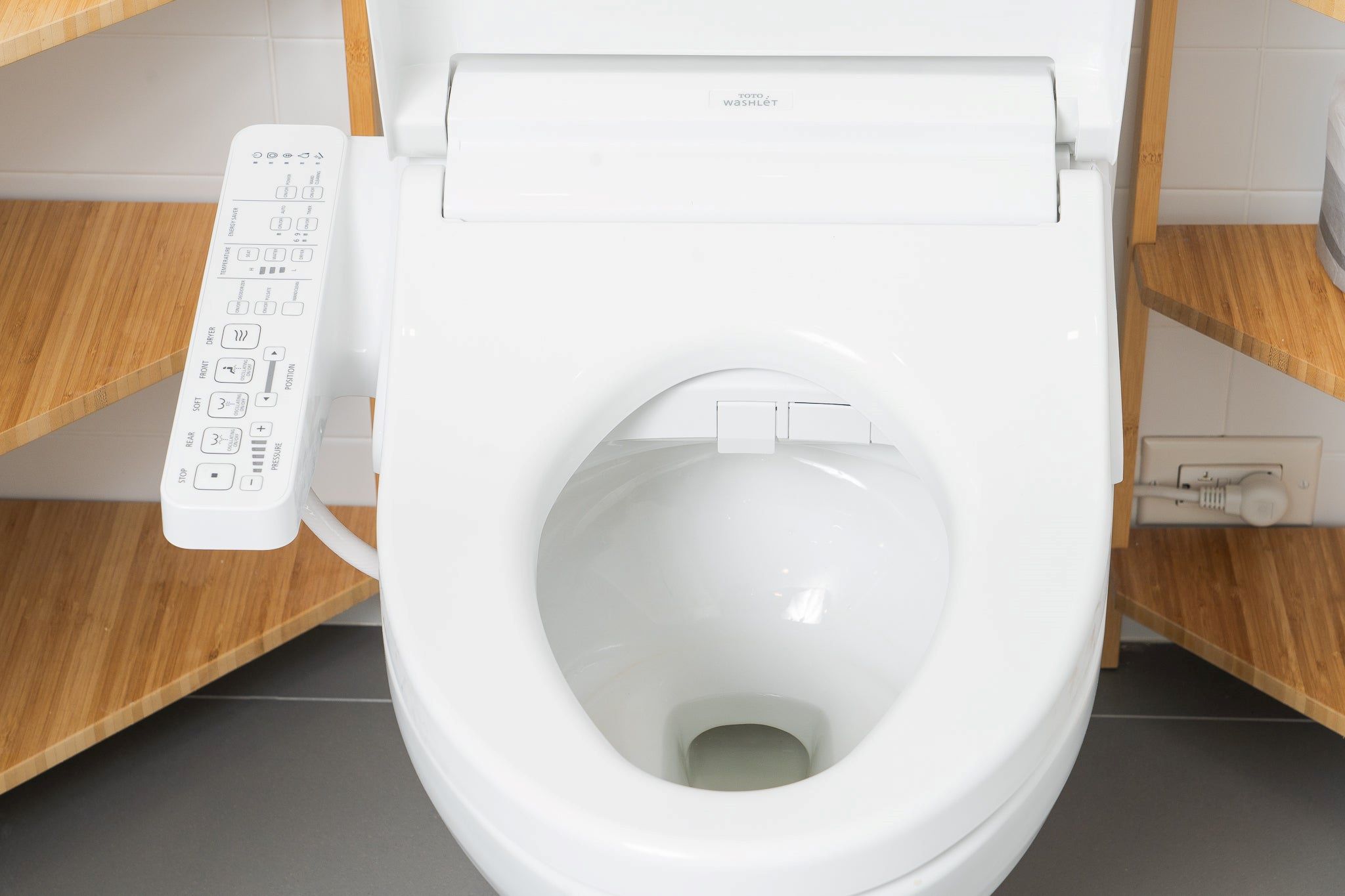

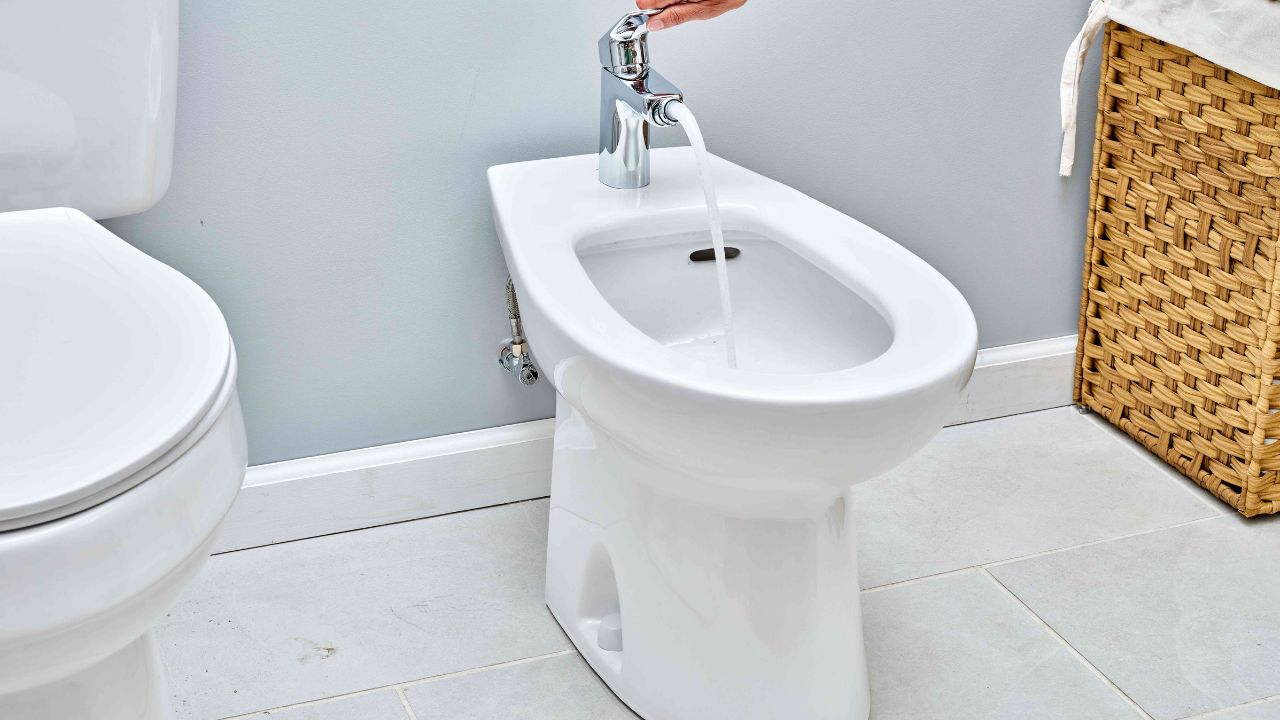
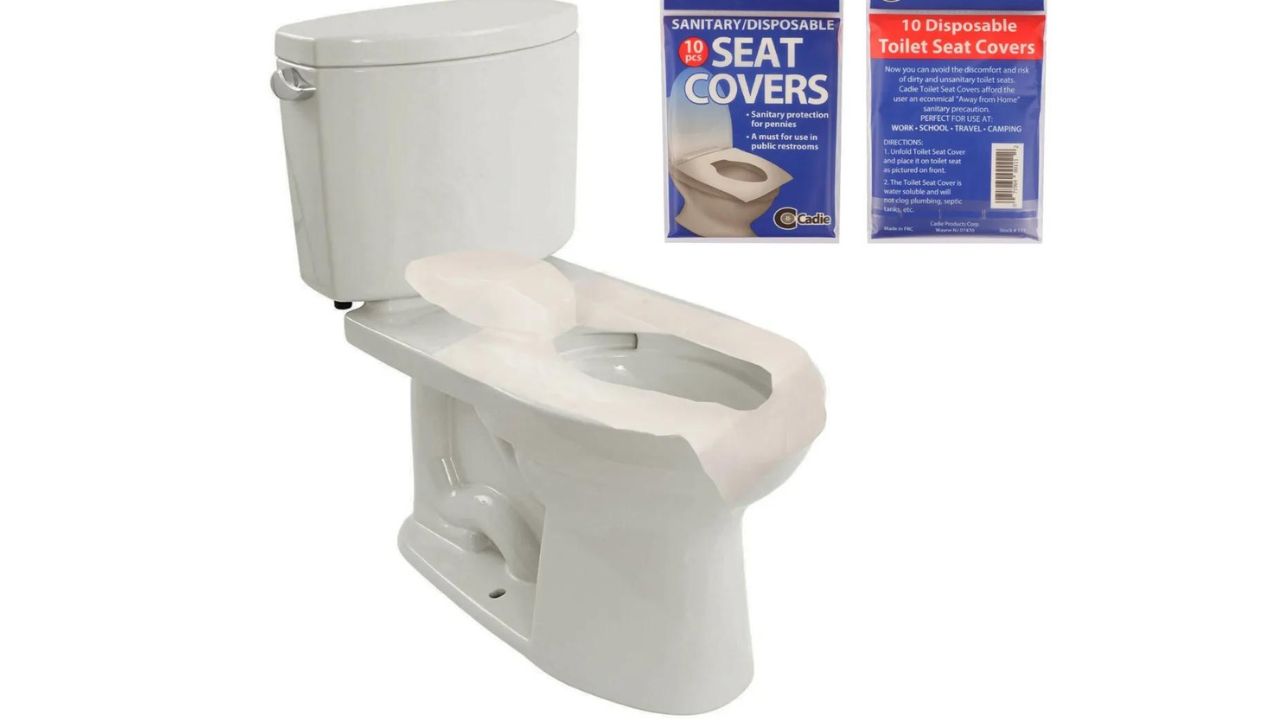

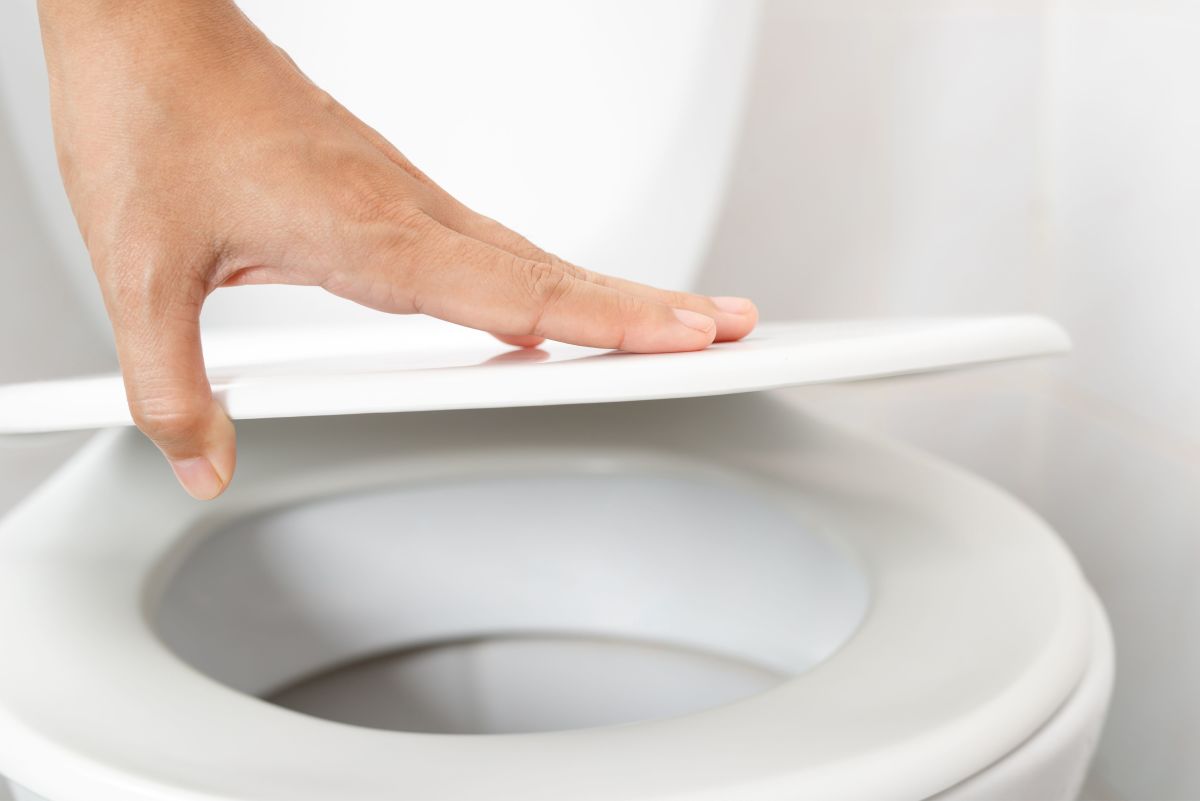

0 thoughts on “How Long Should You Use A Raised Toilet Seat After Hip Replacement”